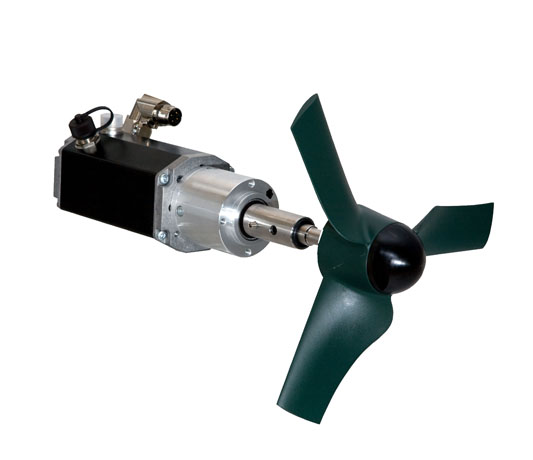Thanks's guys for that info . I'm looking for some challenge in winter months so I thought can I made it? I have DIY several lights and they work without any flooding so no need to build them more ;-) ...then......I looked that Bonex system ( and several others -and that build looks easy but it is heavy !)
Bonex system
and I was thought in similar system.
I have found nice motor with 1300W and 48V and cca 3000 rpm , to get better torque I thought to reduce rpm with '' standard'' gear ratio 3:1 to get 1000 rpm (not optional but cost effective) ; also that system have 7,6 kg on motor +cca 2 kg on reductor and controller ..... for instance shaft have 22 mm in diameter
----------------------------------------------------------------------------------------------------
Then in our local forum ''electronics forum'' someone show me belt reductor
O.S. OMA 4043 f3a brushless inrunner motor (ore detailed pics)
OS MOTOR OMR-4043-172 whole system have 0,625 kg ( shop )
of course that is idea - how to do right - not buy for $$$ . But i think more and more that that is right way... even more it is cheap and effective and ''relative silent''
-----------------------------------------------------------------------------------------------------
also have looked myself some old DIY attempts like:
dykking.info (belt driven) ( PS : anyone know these propellers used in DIY ?? It looks complete different than all others (i think they are very effective (large surface - many blades) and used for really low rpm (cavitation at higher rpms))
http://subsurfacetech.synergize.co/ScooterLaunch.php?i=1
http://www.silent-submersion.com/Products/Magnus/Magnus Instruction.pdf
PS : I have read some comments on SB pages about buoyancy trim problems due heavy brushless motors
------------------------------------------------------------------------------------------------------
@Jon Nellis , thank you very much for yours reasonable comments - like them very much
In Slovenia we have only 1 hour to get to Trieste to visit
SUEX - Dive in the fast lane which are used also ander Halcyon brand name.





